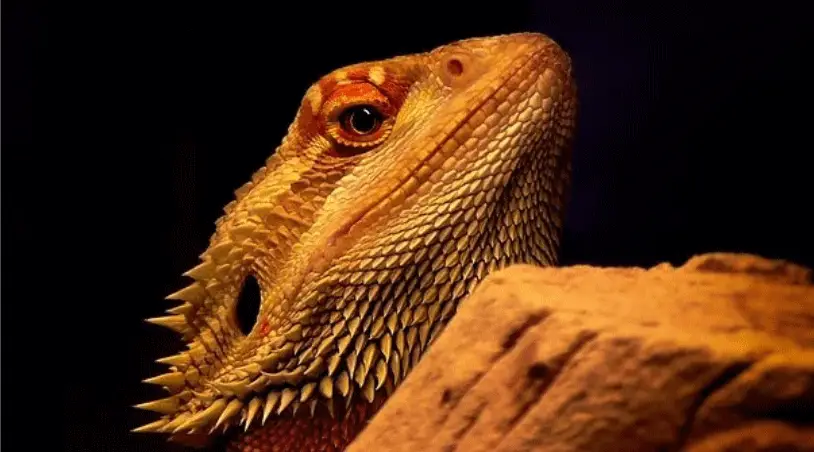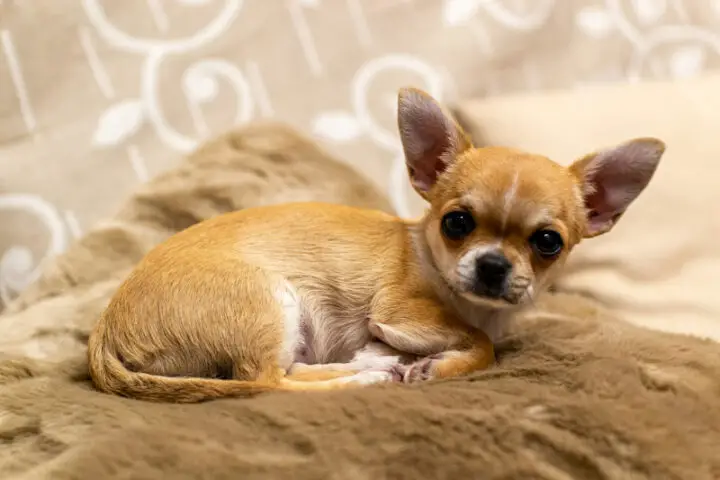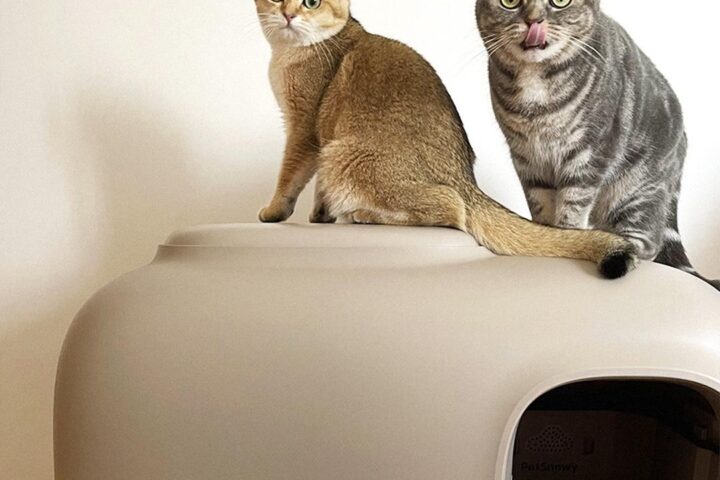Bearded Dragons are ectothermic, or cold-blooded, and that implies they can’t handle their interior internal heat level without assistance from outside sources. Because of this, in a hostage climate, we should furnish them with a temperature inclination that runs from warm in one finish of the nook, to cool in the opposite end. This will permit your Bearded Dragon to pick between hot, warm, and cool regions relying upon whether they need to heat up or chill off.
Warming is of specific significance to reptiles, as without the right temperature inclination, they will not be able to appropriately process their food, which can prompt a large group of related medical problems. Bearded Dragons invest a great deal of energy lolling, some would even call them sun admirers, so getting your hotness and light sources right is principal for this species.
The best temperature for a Bearded Dragon
During the day, the ideal luxuriating region temperature for a Bearded Dragon is 40-42°C (104-107°F) with the cool end sitting at around 22-25°C (71-77°F). A hotness source set in one finish of the fenced-in area is normally to the point of keeping the temperatures inside the necessary reach across the whole thermogradient.

Choosing the best Devices for Heating a Bearded Dragon Habitat will make your beardie live long.
Here are some important questions to look into related to the right temperature for your Bearded Dragon:
A. How cold is excessively cold for a Bearded Dragon?
During the day, the cool end temperature of a Bearded Dragon nook ought not to dip under 22°C (71°F), however, your lounging region ought to continuously stay between 40-42°C (104-107°F) as referenced previously.
Short-term, Bearded Dragons can easily drop down to around 15°C (59°F) short-term, as the temperature drops normally, for the time being, you have somewhat more slack with your evening temperatures than during the day.

B. What gear do I want for my Bearded Dragon warming framework?
To accomplish the appropriate temperature angle for a Bearded Dragon, an upward hotness source ought to be introduced, as under tank warming components, for example, a hotness mat won’t do whatever might be necessary to warm the encompassing temperature to the expected levels.

This should be possible utilizing either a hotness light, including halogen bulbs, or a fired hotness producer, introduced into an artistic bulb holder, the two of which ought to be associated with a viable high-range indoor regulator to control and keep a reliable temperature. For a hot light, this would be a darkening indoor regulator, though, for clay heat producers, this would be a heartbeat relative indoor regulator.
The warming framework ought to be introduced into the roof of the vivarium, at the finish of one side, alongside your UVB light, which will create a lounging region on that side, and make the entire side the ‘warm end’ and the opposite side the ‘cool end’, with the center of the vivarium sitting someplace in the middle.
It is then vital to use somewhere around one precise thermometer, to screen the temperature in the warm finish of your Bearded Dragon tank, albeit two thermometers would be best so you can watch out for the temperatures across the whole thermogradient.
An advanced thermometer or two is the most ideal decision here, as they are substantially more exact than simple thermometers, and as a rule have a test on a wire with the screen outside of the nook, making them simpler to peruse.
C. Do Bearded Dragons need heat around evening time?
The straightforward response to this question is that it relies upon how warm your home is. In nature, the temperature drops normally for the time being, and this drop in temperature can be very sensational in certain areas. Thus, regardless, it is great to permit this regular evening temperature drop in a Bearded Dragon’s walled-in area as they normally don’t need as much hotness during these times.
On the off chance that your home dips under 15°C (59°F), as referenced over, some beneficial short-term warming is expected to keep your Bearded Dragon warm, although on the off chance that your home remaining parts over this, you don’t have to give a warning for the time being.

To guarantee you don’t upset your Bearded Dragon’s circadian mood (rest/wake or day/night cycle), any warming gear utilized for the time being ought not to discharge light, this incorporates shaded night light lounging bulbs, which despite prevalent thinking, should be visible to reptiles, and do disturb their rest/wake cycles, as they produce noticeable light which should be visible. On top of this, they wash the whole region in a solitary tone, which can be very upsetting to the creature.
The best evening time heat hotspot for a Bearded Dragon is a clay heat producer, as this transmits no light and can be thermostatically controlled to keep a set temperature that should, in any case, be lower than during the day.
D. Would I be able to involve a mercury fume bulb for my Bearded Dragon warming framework?
Mercury fume bulbs produce heat and UVB beams, which settle on them an incredible decision as far as productivity. Be that as it may, mercury fume bulbs can’t be constrained by an indoor regulator, and on second thought, the temperature should be constrained by raising or bringing down them over the objective lounging region.

This implies that mercury fume bulbs are probably going to overheat in encased set-ups like a Bearded Dragon vivarium, so are unfortunately not reasonable, rather they turn out better for open set-ups, for example, turtle tables.
The Bottom-line
Above all else, we prescribe adhering to a wooden vivarium, as the woodworks much better to hold heat over different materials like glass. You can likewise consolidate relaxing rocks into the lounging region, which function admirably to ingest heat and keep a higher surface temperature than the substrate will. You ought to, notwithstanding, try not to utilize an electrical hotness rock, which creates its hotness, as these will generally overheat and can prompt consumption.





